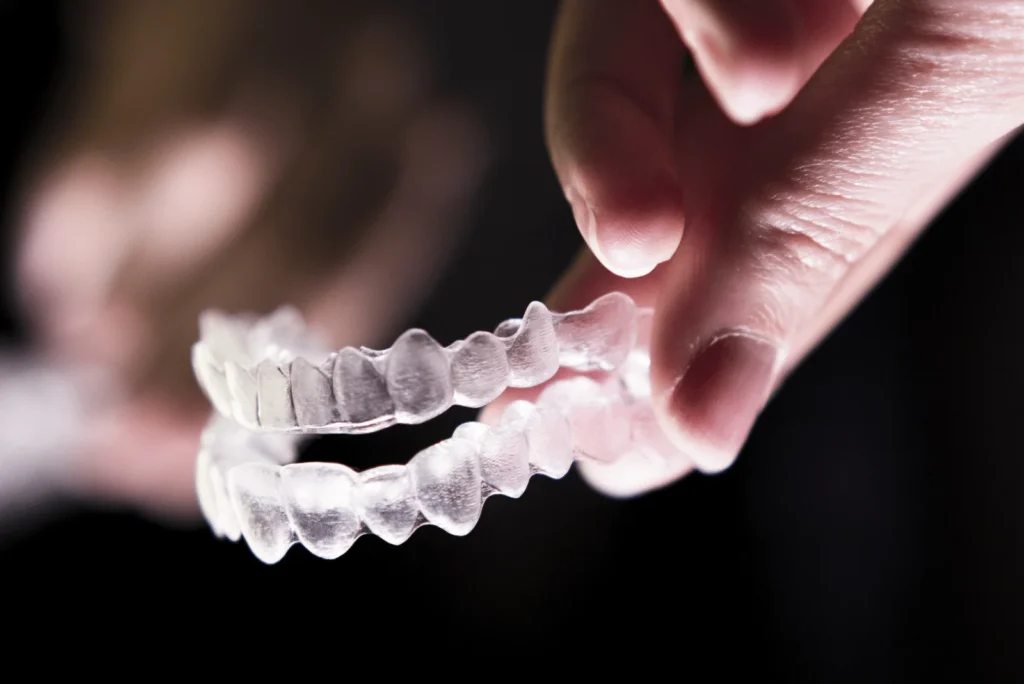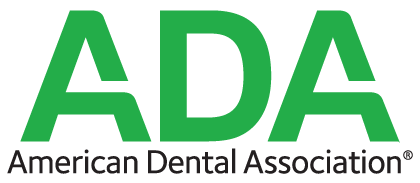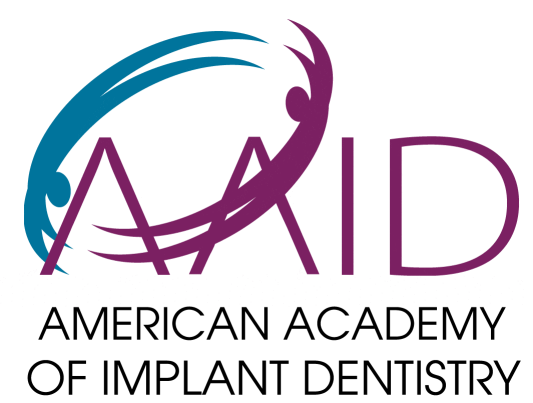Is Invisalign effective for older adults is a question we frequently address at Lansdowne Family Dental, as more mature patients discover that it’s never too late to achieve the straight, confident smile they’ve always wanted. Yes, Invisalign is highly effective for older adults and can successfully treat a wide range of orthodontic issues regardless of age, with many patients in their 50s, 60s, 70s, and beyond achieving excellent results. The effectiveness of Invisalign for older adults depends on several factors:
- Healthy teeth and gums are the primary requirement rather than age itself
- Bone density may affect treatment speed but doesn’t prevent successful outcomes
- Motivation and compliance tend to be higher in adult patients
- Professional and social benefits make treatment especially rewarding for mature patients
- Medical considerations like medications or health conditions may influence treatment planning
Adult teeth can move at any age as long as the supporting structures are healthy, though treatment may take slightly longer than in younger patients due to denser bone tissue. At our practice, we’ve successfully treated patients well into their golden years who wanted to improve their smile for retirement, special occasions, or simply personal satisfaction. In this comprehensive guide, we’ll explore the unique advantages of Invisalign for older adults, discuss age-related considerations that affect treatment, examine success rates and realistic expectations, and explain why many mature patients find clear aligner therapy to be one of the best investments they’ve made in their appearance and confidence.
How Does Age Impact Invisalign Effectiveness?
As we age, changes happen in our mouth anatomy that can influence the ease of orthodontic tooth movement:
- Bone density increases
- Ligaments become less elastic
- Gum tissues get thinner
These transformations help anchor our teeth more firmly. But they also make shifting positions require a bit more coordinated force.
So while Invisalign can successfully treat older patients, the process may progress slightly differently. However, recent material improvements continue expanding the aligner’s capability to move mature teeth predictably.

Key Differences In Treating Older Smiles
When using Invisalign on older adults, the aligner stages may be:
- Slower – Gentler force means fuller movement takes more planned stages. But slower transitions also equate to increased comfort.
- Longer – The total treatment timeframe averages 18-24 months for adults instead of 12-18 months for youth. But there are no metal wires or bands to irritate aging tissues.
- Supplemented – Attachments, elastics, precision cuts, or fixed braces on select teeth augment aligner effectiveness on especially stubborn positioning issues.
Additionally, longer-worn teeth generally have increased susceptibility to periodontal trouble spots even before orthodontic shifts. We pay special attention to tissue health and oral hygiene needs of mature patients beginning any aligner therapy.
Benefits of Invisalign for Older Patients
The slight adaptations required when treating older patients are vastly outweighed by the numerous benefits Invisalign offers:
- Comfort – Smooth plastic trays avoid sharp brackets aggravating cheeks and lips
- Easy cleaning – Removable aligners support better brushing and flossing to protect gum health
- Discreet – Clear design blends better than metal braces for mature lifestyles
- Digitally planned – Treatment progresses via 3D simulations for predictable finishes
- Esthetic – Aligners straighten teeth gently without compromising restorations
For older adults seeking subtle straightened smiles, Invisalign delivers marked improvements with minimal disruption compared to conventional braces.
| Invisalign Benefit | Details |
| Comfort | Smooth plastic trays are gentler on aging tissues |
| Oral Hygiene | Removable for easy, thorough cleaning |
| Discreet Appearance | Clear material blends better than metal braces |
| Predictability | Digital Smile Planning technology models outcomes |
| Preservation | Gently works around existing dental restorations |
- Comfortable plastic trays prevent sharp bracket irritation
- Removable design aids in better hygiene upkeep
- Clear aligners blend in better than metal for mature lifestyles
- Digital planning tech improves predictability
- Aligners shift teeth gently around existing dental work
With some moderate adaptations, Invisalign proves an excellent path to boosting confidence through straighter older smiles.
Mature Smile Issues Improved by Invisalign
Some of the most common smile imperfections plaguing adult patients that Invisalign addresses include:
- Spacing from shifting older restorations
- Crowding from changed jaw position
- Crossbites causing uneven wear
- Relapse after inadequate youth braces
- Midline shifts impeding bite function
Older teeth often retrograde from long-term use patterns, restorative material responses, and continued jaw changes. Invisalign aligners gradually reposition teeth for greatly enhanced smile symmetry and ideal function – something still needed at any age.
Closing Thoughts on Invisalign Over Traditional Braces
While both braces and Invisalign remain great solutions for improving mature smiles, the clear aligner approach better suits most older adults’ needs and lifestyles.
Invisalign trays straighten teeth comfortably, conveniently, and discreetly – all without compromising any existing dental work. Innovations in aligner materials and treatment planning software continue advancing possibilities.
If you feel self-conscious about your older smile’s imperfections like crookedness or gaps affecting confidence, consider Invisalign. Book a Lansdowne Family Dental consultation today to discuss if clear aligners present an effective path to a vibrant makeover for your mature grin!






